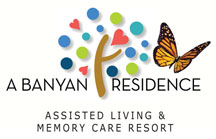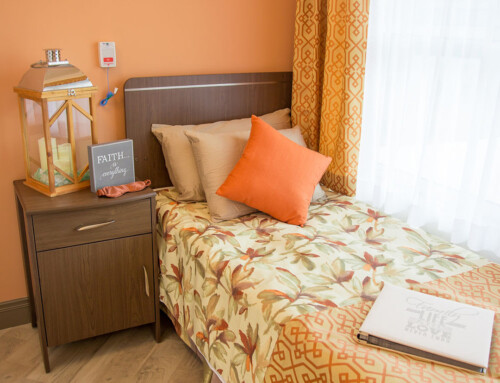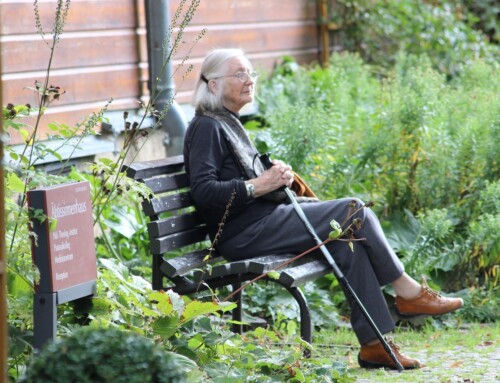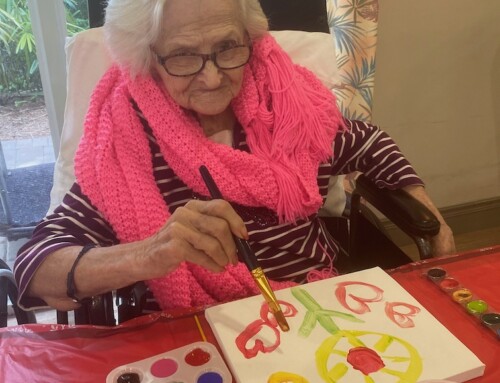If a beloved family member starts to have memory issues, there are a lot of new concerns and important decisions to make. However, there is one project that you shouldn’t overlook – a memory journal. Memory journals can help your family members regain and re-experience the memories, past experiences, and significant life events that made up their life before dementia or other memory issues took them away. At the same time, younger family members might learn a thing or two, as well as gain access to a tangible piece of history they can cherish for decades.

Beginning Your Memory Journal
For many people with dementia or similar memory conditions, the sad truth is that they may have minimal access to life memories shortly. A memory journal aims to document and easily lay out this information. In the future, family and caregivers can use this journal to interact with the senior, jog their memory about specific events, or open up memories lying dormant.
Selecting the appropriate medium for a memory journal is a deeply personal choice, and your family members might have strong opinions. Consider these options:
- Traditional paper journals offer a tangible, real-world experience that can make the process of reading and reexperiencing events feel more grounded.
- Digital journals can provide more convenience for extended family members and allow the journal to be supplemented by links, videos, and audio recordings.
- Voice-recorded journals can make the words come to life, and the process of recalling memories and events before they are gone due to dementia can be therapeutic for many suffering from the condition.
There is a lot to consider. First and foremost, if your loved one has an opinion, respect that choice. Many people vastly prefer physical journals and books, while some seniors might appreciate the benefits of embedded videos in a journal. You should, however, also consider how your family member will interact with the journal in the future. Depending on their condition and prospects relating to memory and cognitive condition, the simplest option might be the best way to keep them engaged with the journal in the future.
Creating a Comforting Environment
The best memories will come when your loved one feels calm, soothed, and inspired. To give them the best chance at accurately recalling important life events, ensure their environment is suitable for this process.
Choose a cozy spot with a comfortable chair or cushions that invite you to sit and stay awhile. Combine this with soft music or the gentle babble of a tabletop water feature. To help jog their memory, collect items or pictures and present them to your family member – and just let them reflect. If you plan on placing a picture into the journal, it is an obvious item to show to your family member. But what else can you bring? Awards from their career, beloved family heirlooms, and gifts from family members will all give your family member the chance to talk about what matters to them and how they feel about their life.
Using The Memory Journal
Creating a memory journal usually implies that the need for a way to jog your family member’s memory or remind them of life events is quickly approaching. If that is the case, you should know how to use the memory journal.
Luckily, using a memory journal isn’t very difficult. In fact, there is no wrong way to use it. When your family member’s memory fades and they begin having difficulty connecting to the people around them, simply show them the journal. Use it as a way to spark conversation or remind them of the relationships they formed before dementia or related conditions came into their life.
A Banyan Residence is an assisted living and memory care facility in The Villages, Florida that genuinely cares about your loved one’s emotional and health outcomes. Our facility is the perfect place for seniors to make a new home and reminisce through the use of a memory journal surrounded by loved ones. To schedule a tour, contact our facility today.







